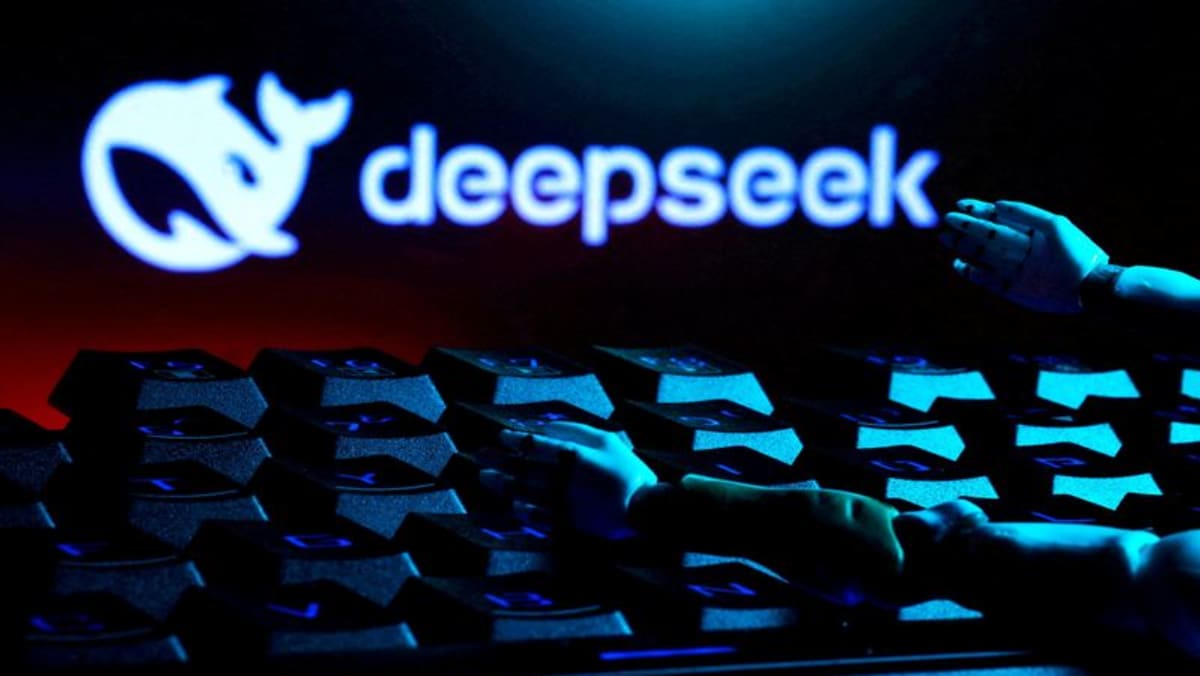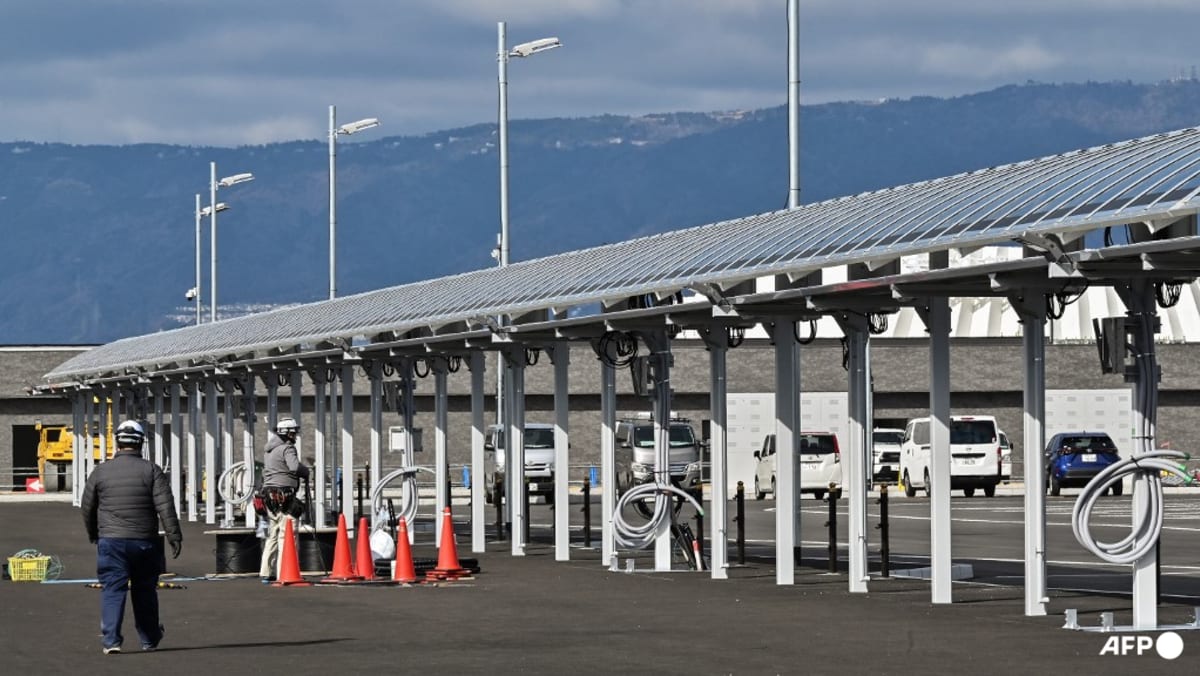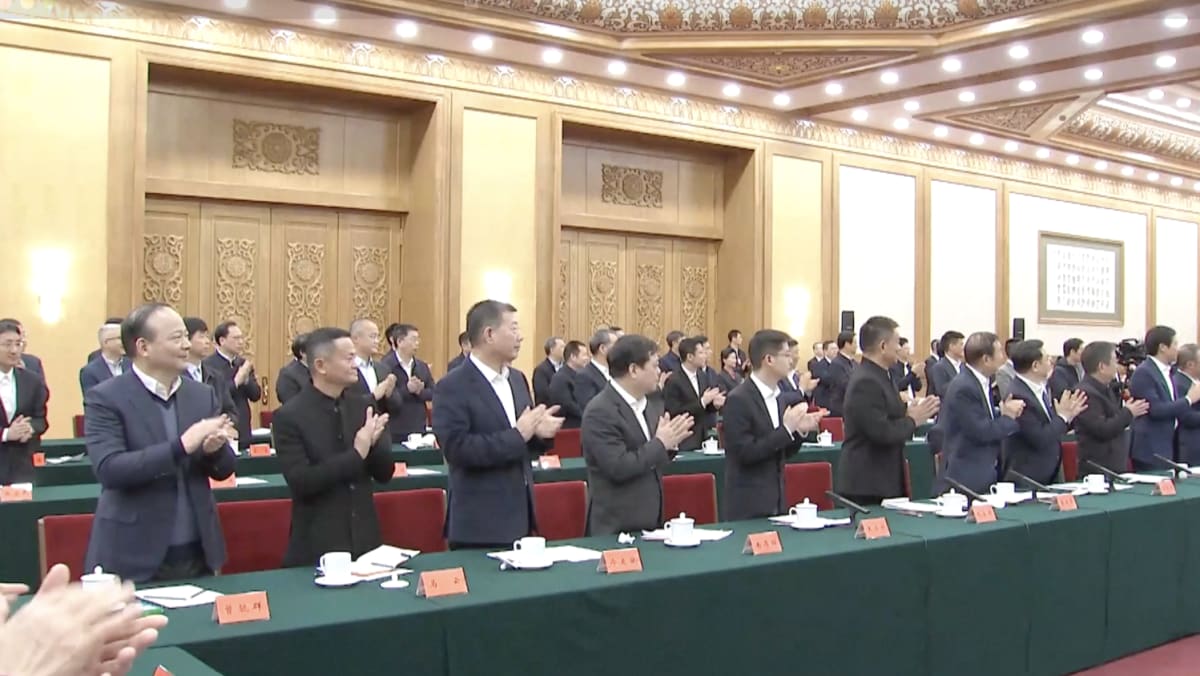THE GREAT CATCH-UP
However, there are reasons to believe that this is not one of those instances, and it could be equally true that the opposite might happen.
First, our understanding of DeepSeek might be incomplete. The published cost of US$6 million was only for pre-training and not the overall R&D cost. Though US$6 million is still lower than the pre-training of US counterparts, this difference is in the millions rather than in the billions as claimed.
Similarly, analysts who track export controls have speculated that DeepSeek had access to tens of thousands of frontier Nvidia chips, though not all at the highest specs. Analysts at Semianalysis estimated that DeepSeek’s hardware spend is “well higher than US$500 million over the company history”. What this means is that the overall R&D costs – and the infrastructure and chips required – has not drastically declined.
Second, even with DeepSeek’s cost efficiency gains, it might not erode infrastructure investments. Dario Amodei, CEO of one of the frontier LLM companies, Anthropic, argues that the notion of “first something is expensive, then it gets cheaper” does not apply to AI.
He stated that in the past, when costs go down due to innovation (or when the “scaling curve shifts”, in technical terms), companies end up spending more, rather than less on training models. The reasoning is that the value of higher-performance AI far outweighs any cost savings, so companies reinvest those savings into more advanced AI development, rather than cut infrastructure investments.
Third, greater efficiency could increase demand. DeepSeek’s efficiency could unlock a lower barrier to entry for many companies, either to build or use applications with the model. This is highly dependent on how successful the model, and its smaller variants, are embedded in other everyday devices, and how much this is used by consumers.
What DeepSeek does is to create an incentive and opportunity. It took the lead from Alibaba as the best AI model in 2024, and has now closed the gap with OpenAI in the frontier AI model race. This so-called “great catch-up” is only the beginning. Either way, Malaysia’s bet on AI-driven infrastructure will soon be put to the test.
James Chai is a political analyst, columnist and the author of Sang Kancil (Penguin Random House).














